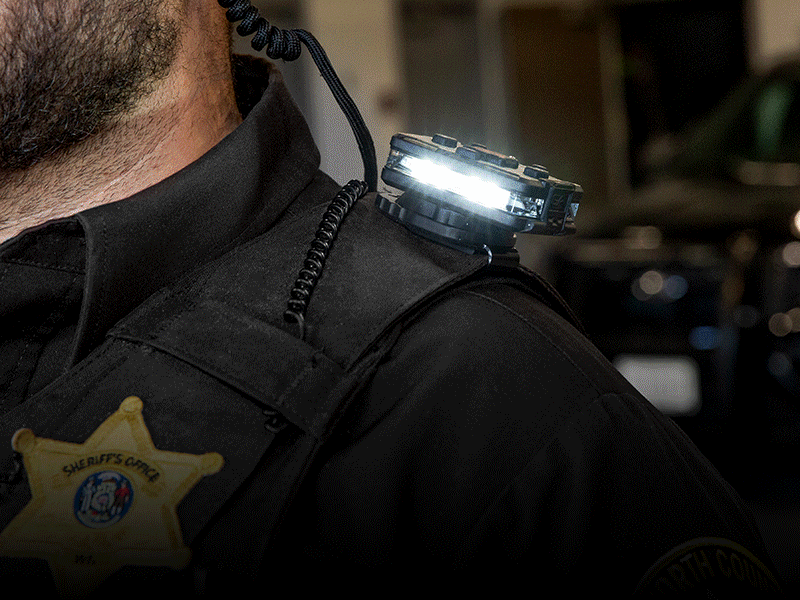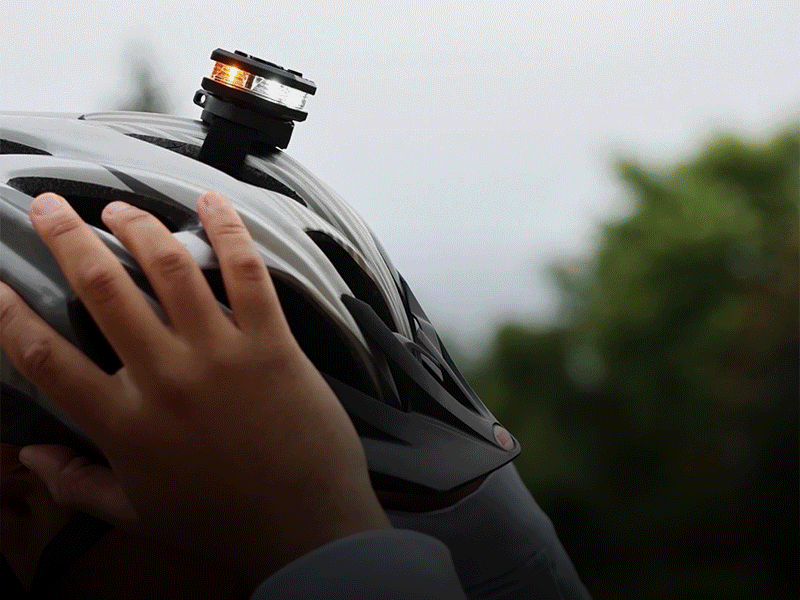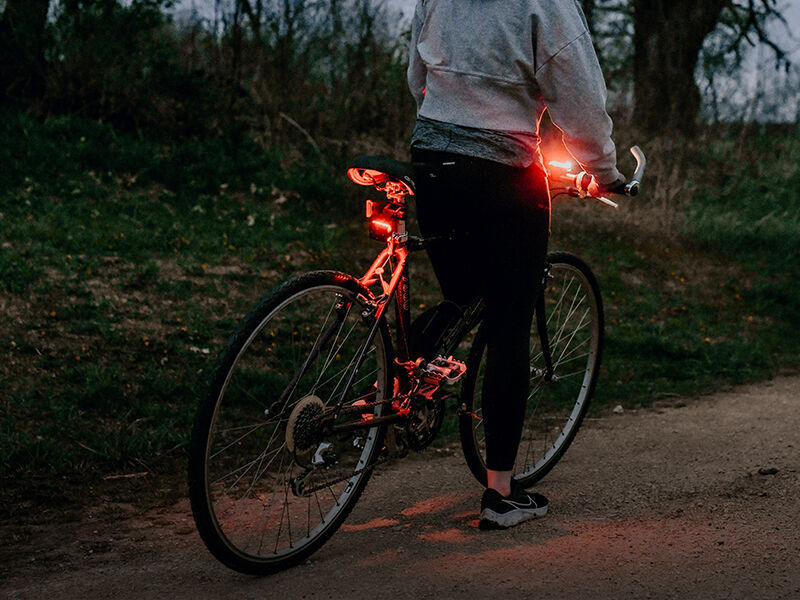SUP Safety Gear Checklist: Everything You Need Before You Launch
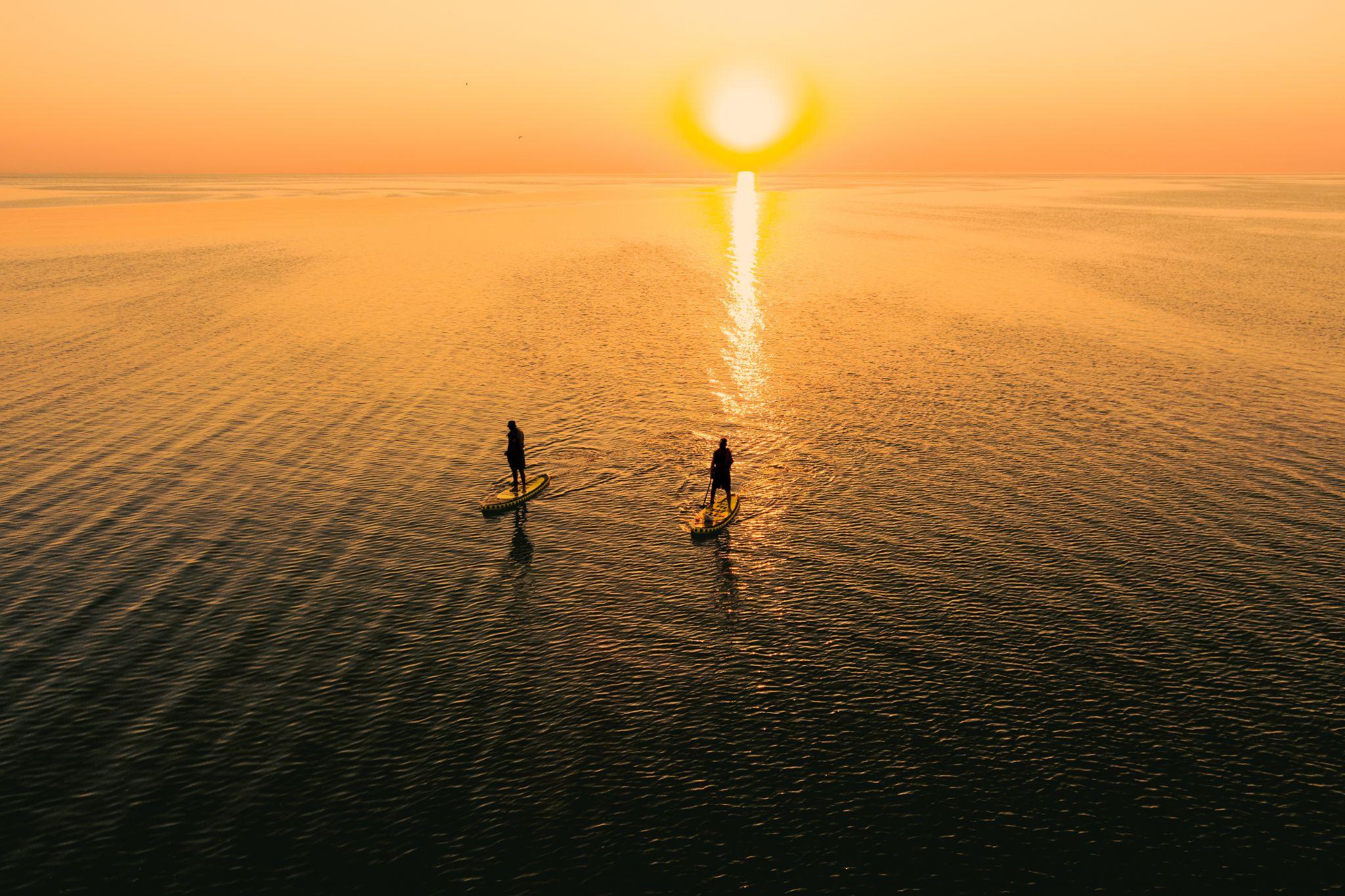
Stand-up paddleboarding (SUP) has exploded in popularity over the last decade, with more people than ever heading out on lakes, rivers, and coastal bays. But that growth has brought new risks.
The Coast Guard’s 2024 Recreational Boating Statistics report showed a sharp rise in SUP fatalities: 29 deaths, up 164 percent from the previous year.¹
The reality is paddleboarding accidents rarely come from extreme conditions. Many happen on calm water, close to shore, and often involve beginners or solo paddlers. That’s why preparation is so important, as disaster can strike even in pleasant waters, and having the right gear can literally make the difference between a fun outing and a tragic one.
This checklist breaks down the essential SUP equipment and accessories you should carry every time you launch, with extra tips for visibility, communication, and leash safety.
A Life Jacket You’ll Actually Wear
Outside surf or swimming zones, the Coast Guard classifies a paddleboard as a vessel, which means you must carry a U.S. Coast Guard–approved personal flotation device.²
For children (12 and under), wearing a PFD is required. For adults, it’s strongly recommended, as a PFD is the single most effective piece of paddleboard safety equipment you can own. (NOTE: State laws are sometimes more restrictive, so check these before your next trip.)
Look for a Type-III vest designed for paddling, or an inflatable belt pack if you want more mobility. In colder water, a full jacket style adds insulation. Make sure the PFD won’t ride up when you lift your arms. Remember: the majority of drowning victims weren’t wearing one.
Leash Matched to the Water
A leash keeps you connected to your board, which is your biggest flotation device. But paddleboard leash safety depends largely on choosing the right type for your environment:
- Flatwater: Use a coiled leash attached to your ankle or calf. It keeps slack out of the water.
- Surf: Choose a straight leash that trails behind the board.
- Rivers or moving water: Always use a quick-release waist leash. It prevents foot entrapment in rocks or branches.
Practice using the quick-release before you hit the river. Muscle memory can save your life in a fast current.
Reliable Lights
Dawn and dusk are magical times to paddle, but they’re also dangerous because boaters can’t see you. That’s why reliable lights are essential for paddleboarders. Independent safety studies show that high-visibility lighting dramatically improves how quickly others can detect you.
For paddlecraft after sunset, the Coast Guard requires that you carry a white light and be able to display it in time to prevent a collision. A bright headlamp or 360-degree deck light works, but wearable LEDs are the best paddleboard lights for staying visible from all angles. Clip one to your PFD or shoulder strap, set it to steady white or flashing, and you’ll be spotted from far away.
For rugged, waterproof, Coast Guard-compliant options, check out Guardian Angel kayaking and paddleboard LED lights, which offer several key benefits:
- Waterproof (IP68 rated), durable design that stands up to splashes and submersion.
- Hands-free mounting on your PFD, shoulder strap, or board.
- Multiple light modes (steady white, flashing, colored options) for visibility in different conditions.
- 360-degree illumination so boaters and shore traffic can spot you early.
- Rechargeable power with long battery life for extended sessions.
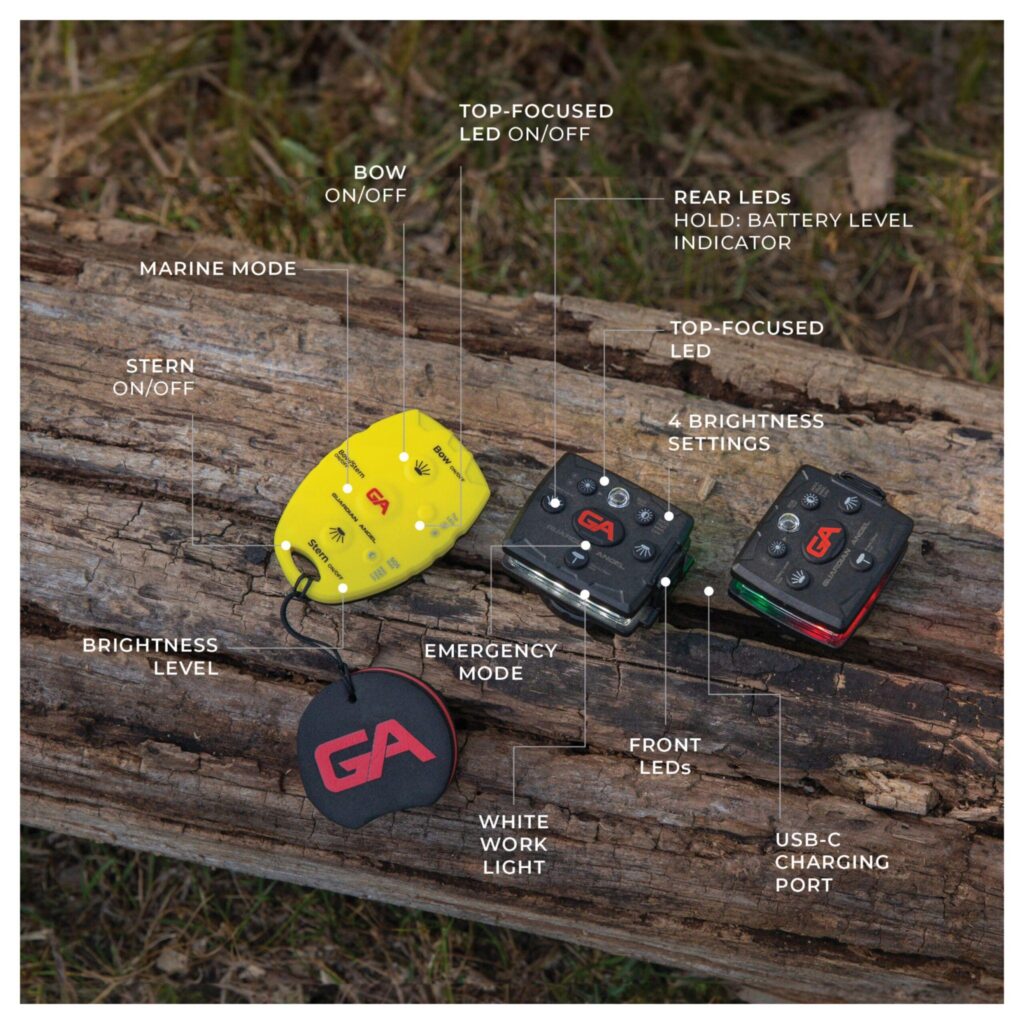
Whistle and Comms Kit
A whistle might be the cheapest piece of SUP equipment you ever buy, but it’s also required by law. Attach it to your PFD so you can signal quickly.
Beyond that, think about how you’ll call for help. A phone in a waterproof, tethered case works on most lakes. For coastal or big-water trips, add a VHF marine radio or even a personal locator beacon. Text a float plan to a friend before you launch so someone knows where you are and when to expect you back.
Weather-Check Tools
Don’t let calm water fool you. Most SUP fatalities happen in light wind and good visibility. Always check the forecast before you go.
Use a marine weather app or NOAA updates for wind speed, water temperature, and tide changes. If you’re paddling on big water, carry a GPS or tide chart. A sudden breeze can turn a short paddle into a long, exhausting slog back to shore.
Appropriate Clothing and Sun Protection
When it comes to clothing, dress for water temperature, not air. Cold water can cause hypothermia in minutes.
- Cold water (<60°F): Wear a wetsuit or drysuit, plus gloves, booties, and a cap.
- Warm water: Quick-dry layers, water shoes or sandals, sun hat, and sunglasses with retainers.
- Always: Avoid cotton, which stays wet and saps body heat.
Sun protection is part of paddleboard safety too. Bring reef-friendly sunscreen and SPF lip balm, and reapply often.
Emergency and Personal Items
Think of this as your “just in case” bag of paddleboard accessories.
- Water and snacks
- First-aid kit and space blanket
- Towline for helping others or yourself
- Spare fin clip or small repair kit for inflatables
- Sunscreen, insect repellent, and a towel
- Cash or card
A small dry bag strapped to your board is enough to carry these essentials. For day trips, you’ll hardly notice the extra weight until you need any of these items.
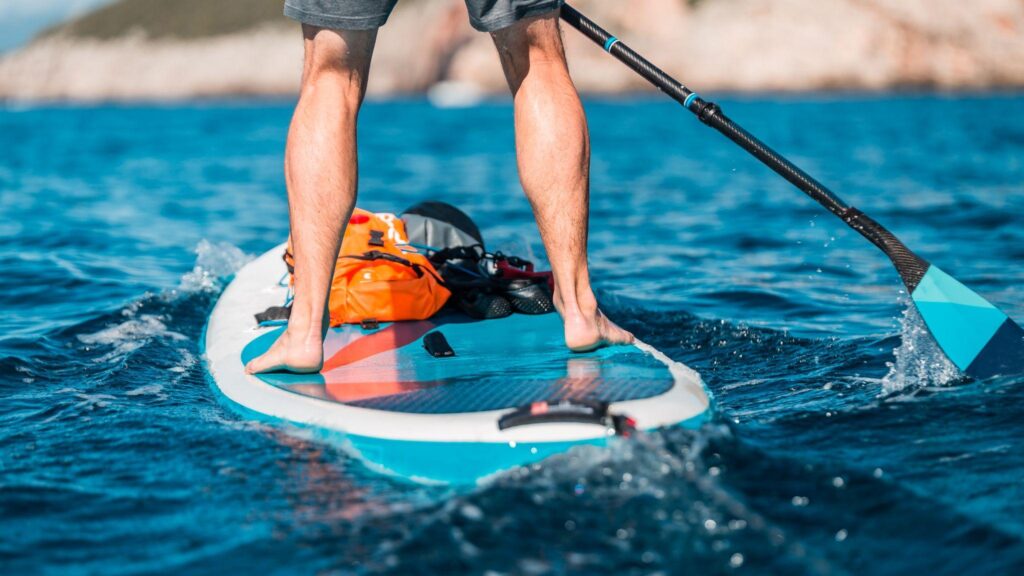
Skills and Planning Add-Ons
Gear only works if you know how to use it. A few final paddleboard safety tips can round out your checklist.
- Take a SUP safety or American Canoe Association paddlesports course.
- Practice falling off your board and remounting, preferably in warm water close to shore.
- Paddle with a buddy when possible. If not, leave a float plan with a friend.
- For longer tours, carry a waterproof map, compass, or GPS device.
These habits don’t take long to build, but they’ll give you confidence and control on the water.
Stay Safe With Guardian Angel
SUP is one of the fastest-growing watersports, but its accident rate is concerning. The good news is that every item on this paddleboard safety equipment checklist is simple, affordable, and proven to prevent the most common emergencies.
These essentials let you focus on the joy of paddling, not the risks. Gear up before every launch, and you’ll make every session safer for yourself and the people who share the water with you.
Sources
- Paddling Magazine. Alarming Trend Shows Increase In Paddleboarding Deaths In Latest Coast Guard Report.
- USCG Auxiliary National Help Desk. Are paddleboards considered vessels?.

